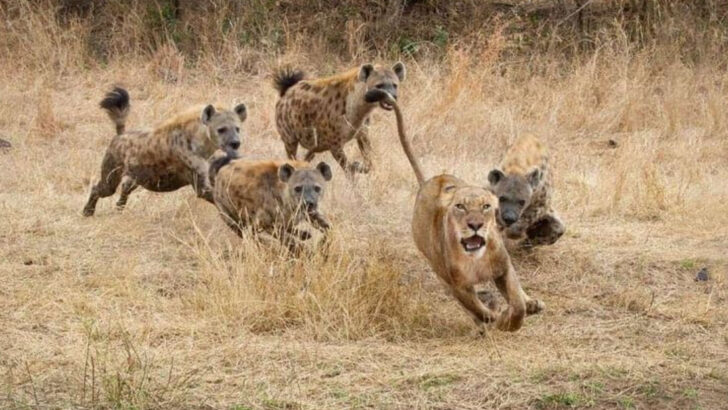Lions are not the beasts you’ve been told about. Forget the endless roars echoing across the savanna or the idea of one king ruling all. Much of what we think we “know” about lions comes straight from movies, tall tales, and wild guesses passed off as fact. Do lions really fight for every meal? Do they sleep 20 hours a day? Are females just background characters in the pride drama? Spoiler: some of these beliefs are flat-out nonsense—and a few are wilder than the lion itself. It’s time to pull back the curtain on the world’s most misunderstood big cat. Here are 10 common myths people believe… and 4 that are total fiction.
Lions Are the King of the Jungle
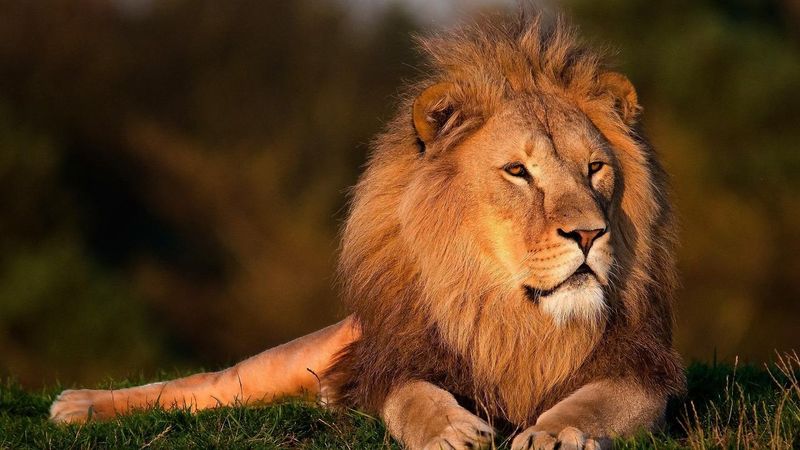
Many believe that lions rule over the jungle, as the phrase “King of the Jungle” suggests. However, lions actually inhabit grasslands and savannas, not jungles. This common misconception likely arises from their dominant and majestic appearance.
In reality, lions are powerful apex predators but do not reside in dense forest areas. Their habitats are open plains and woodlands where they can hunt large prey.
Understanding the true habitat of lions helps dispel this myth and provides insight into their role as top predators in their environment.
Lions and Tigers Naturally Coexist
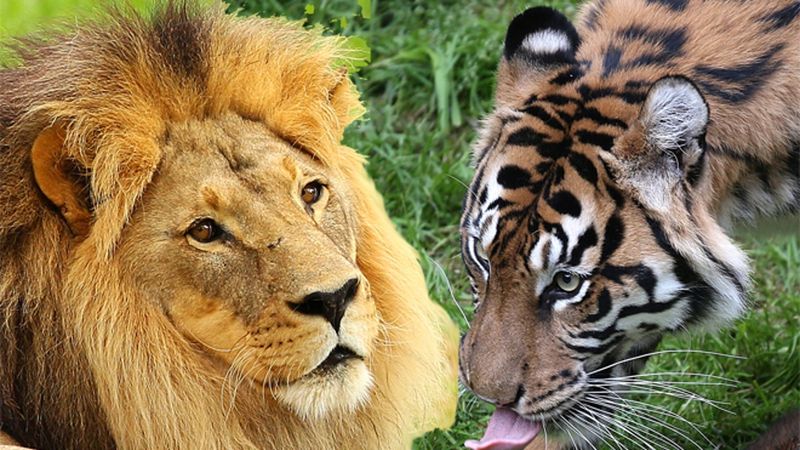
The idea that lions and tigers coexist is a romanticized notion rooted in fiction. In reality, these two big cats inhabit different continents. Lions are primarily found in Africa, while tigers reside in Asia. Their natural habitats do not overlap.
This myth may stem from zoos and circuses where they are often housed together, creating a false impression of natural coexistence.
Recognizing their separate habitats underscores the distinct ecological niches they occupy and the unique challenges each species faces in the wild.
All Lions Have Manes

Not all lions sport the iconic mane associated with them. Male lions typically develop manes as they mature, but factors like genetics, climate, and nutrition influence mane growth. Some lions, especially those in Tsavo, are maneless.
Manes are thought to play a role in attracting mates and intimidating rivals. However, the absence of a mane doesn’t diminish a lion’s status or prowess.
This myth highlights the diversity within the lion species and reminds us of the varied adaptations they develop for survival.
Lions Are Solely Nocturnal Hunters

Lions are known for their prowess as hunters, but they are not strictly nocturnal. While they often hunt at night to take advantage of cooler temperatures and darkness, they are also active during dawn and dusk.
Daytime hunts are not uncommon, especially if prey is abundant and conditions are favorable. This flexibility allows them to adapt to their environment and maximize hunting success.
Recognizing this adaptability dispels the myth of their exclusive nocturnal habits and highlights their versatile nature as opportunistic hunters.
Lions Live in Large Prides

The belief that all lions live in large prides is a misconception. Pride sizes vary significantly depending on environmental conditions, prey availability, and social dynamics.
Some prides consist of just a few members, while others may include dozens. The size of a pride can change over time as lions come and go.
This myth oversimplifies the complex social structures of lions and disregards the diverse factors influencing pride dynamics in various habitats.
Lions Are Always Aggressive

Contrary to popular belief, lions are not perpetually aggressive. While they are capable of displaying aggression when threatened or during territorial disputes, they spend much of their time resting and socializing.
Lions exhibit a range of behaviors, from playful interactions with cubs to cooperative hunting strategies. Their aggression is situational, not inherent.
Understanding this nuance in lion behavior challenges the stereotype of constant aggression and reveals the multifaceted nature of these majestic creatures.
Lions Only Eat Meat

Lions are known as carnivores, but their diet is not exclusively meat-based. They occasionally consume vegetation, such as grass, for various reasons, including aiding digestion or as a natural remedy for certain ailments.
Although meat is the primary component of their diet, their opportunistic feeding behavior allows them to adapt to different food sources if necessary.
This myth simplifies their dietary habits and overlooks the complexity of their feeding strategies in the wild.
Lion Roars Can Be Heard Miles Away
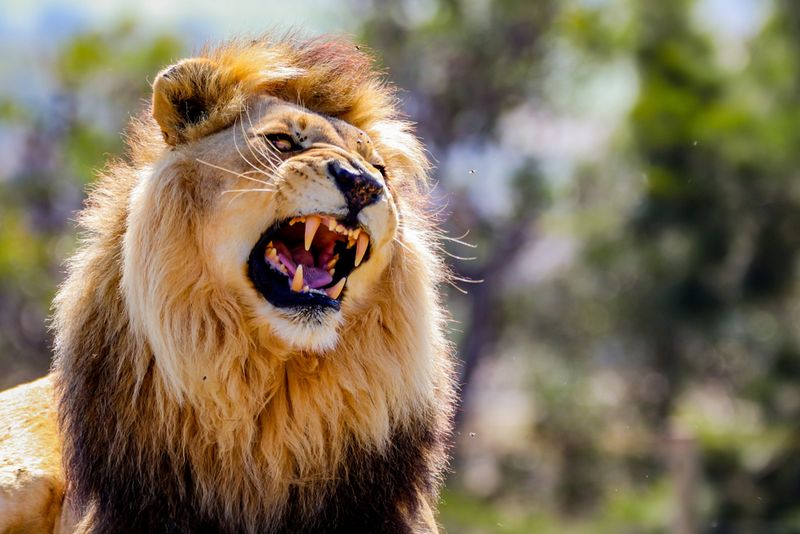
The powerful roar of a lion is indeed impressive, capable of carrying over long distances. However, the notion that it can be heard miles away is an exaggeration.
In reality, a lion’s roar can travel a few kilometers, aiding communication between pride members and marking territory boundaries.
This myth enhances the mystique of the lion’s roar but doesn’t accurately represent its true range. Understanding the actual reach of their roar provides insight into their social communication and territorial behavior.
Lions Are Always the Alpha Predators

Lions are often portrayed as the alpha predators of the savannah, yet they do not always occupy the top of the food chain. Their dominance is occasionally challenged by other predators like hyenas and leopards.
In some cases, these animals can outcompete lions for food and territory, especially when they work cooperatively in groups.
This myth simplifies the complex interspecies dynamics of the African ecosystem and overlooks the competitive nature of survival in the wild.
Lions Are Endlessly Loyal to Their Pride
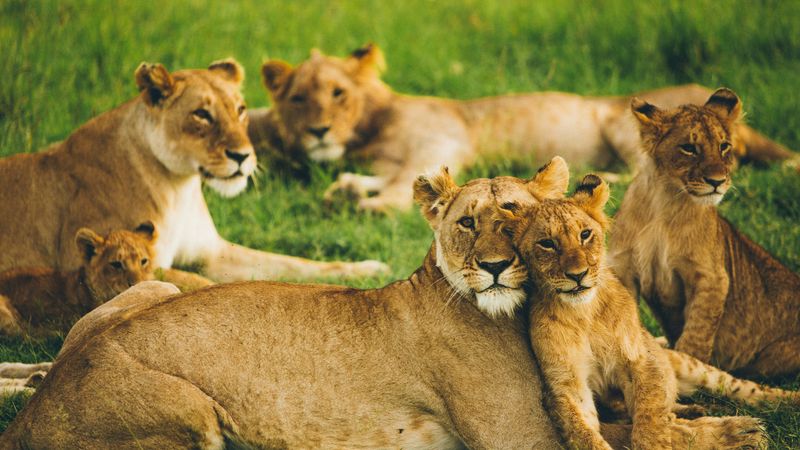
The belief in lions’ endless loyalty to their pride is romantic but inaccurate. Lions frequently change prides, and their social structures are fluid. Males, in particular, may move between prides as they mature.
This mobility allows for genetic diversity and the formation of new alliances. Female lions, while often more stable in their pride associations, can also form new groups if necessary.
This myth romanticizes lion social bonds and fails to capture the complexity and flexibility of their social interactions and hierarchies.
Lions Are Lazy Animals
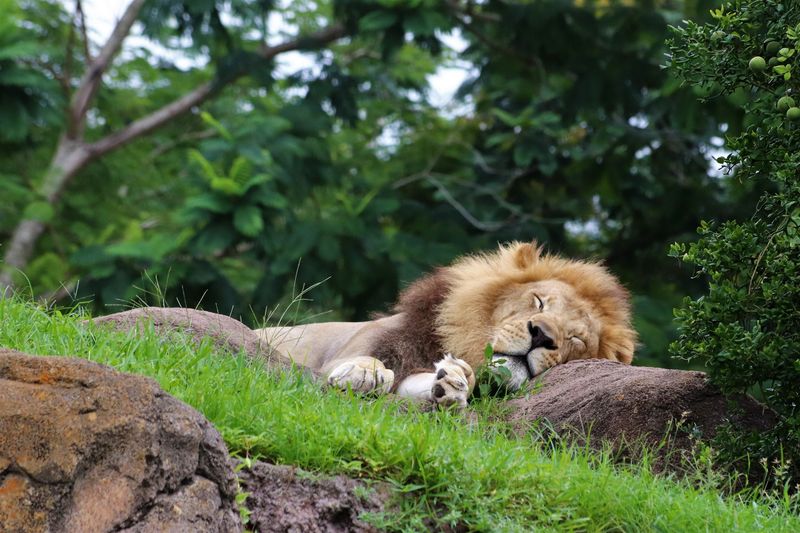
Lions are often labeled as lazy due to their long hours of rest, but this simplifies their behavior. Resting conserves energy, crucial for their high-energy hunts. Lions spend around 20 hours a day resting, but their active hours are intense.
They exhibit bursts of energy during hunts and social interactions, demonstrating their adaptability to the harsh conditions of their environment.
This myth oversimplifies their energy conservation strategy and overlooks the dynamic aspects of their lifestyle in the wild.
Lions and Humans Have a Mutual Understanding
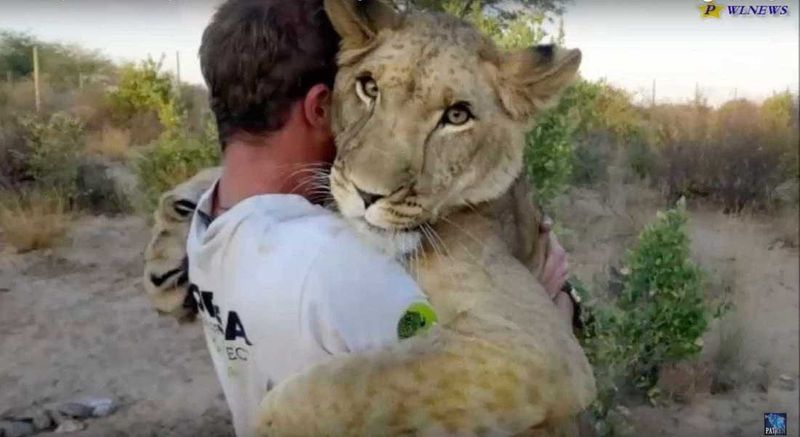
The idea that lions and humans share a mutual understanding is more fiction than fact. While both species can coexist, especially in regions where communities practice conservation, they do not have a special bond.
Lions are wild predators, and interactions with humans can lead to conflict. Efforts to protect lion habitats and minimize human-lion encounters do exist, promoting coexistence.
This myth romanticizes the relationship between humans and lions, overshadowing the realities of conservation and the challenges of human-wildlife interactions.
Lions Cannot Survive Without a Pride

The notion that lions cannot survive without a pride is misleading. While social bonds are vital, solitary lions, often males, can survive and thrive independently. These lions rely on their strength and hunting skills to sustain themselves.
These lone lions, or nomads, sometimes form coalitions with other males to enhance their chances of survival and reproduction.
This myth underestimates the resilience and adaptability of lions, highlighting their capacity to navigate the challenges of the wild independently.
Lions Are Indestructible Beasts
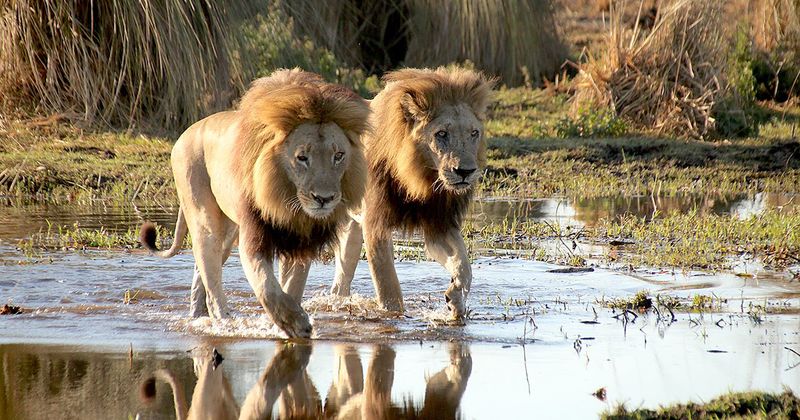
Lions are formidable creatures but far from indestructible. They face numerous threats, including disease, competition, and environmental changes that impact their survival. Human activities like poaching and habitat loss further threaten their existence.
This myth of indestructibility overlooks the challenges lions confront and the delicate balance required for their survival in the wild.
Recognizing their vulnerabilities emphasizes the importance of conservation efforts to protect these majestic animals and preserve their natural habitats.

